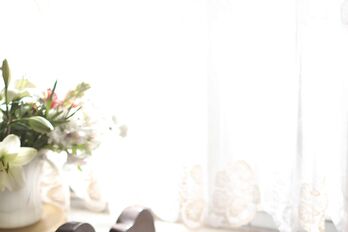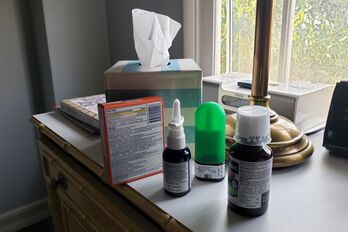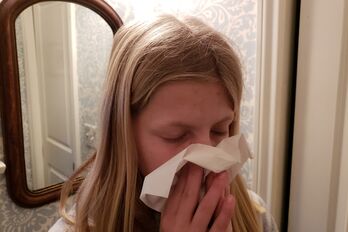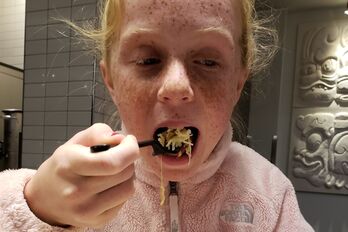Five Habits to Help You Sleep
Getting enough sleep can do more than lift our spirits. Research shows that skimping on shut-eye can wear down our immune systems, making us more susceptible to colds and even raising our risk for obesity and heart disease. And 2 in 3 women say they have trouble snoozing, reports a survey from the National Sleep Foundation (NSF). That’s because we may be our own worst enemies: Many of our daily habits -- from when we shower to what we snack on -- can sabotage our slumber.
Make the following tweaks to your routine, and soon you’ll be having sweet dreams.
Clean Your Room
Mom was right: Not only does making your bed keep your bedroom tidy, but it can also help you rest easy. According to recent research from the NSF, people who made their bed daily were 19 percent more likely to get a good night’s sleep. A messy atmosphere can be distracting, causing you to toss and turn, explains Dr. Gila Hertz, director of the Huntington Medical Group Sleep Disorders Center in Huntington Station, N.Y. To create your own sanctuary, straighten your bedroom each morning and invest in comfortable linens.
Lay off the Caffeine
That grande latte can come back to haunt you -- even if you drank it in the afternoon. People metabolize caffeine at difference rates and, for some, the compound can linger in their systems for up to eight hours, says Dr. Judith Leech, an associate professor of medicine at the University of Ottawa and a member of the Canadian Sleep Society. “The brain needs to be completely relaxed to drift into sleep, so any stimulating substances can interfere with the process,” says Hertz. He advises steering clear of caffeine at least five hours before bedtime. For a buzz-free afternoon pick-me-up, brew a mug of herbal tea and lemon.
Snack Wisely
Want a nighttime nosh? Steer clear of spicy or greasy fare. “These foods can give you heartburn in the middle of the night,” says Leech. The best bedtime snack: a small amount of complex carbohydrates, such as a handful of whole-wheat crackers or whole-grain cereal. It regulates your blood sugar throughout the evening, explains Leech.
Dim the Lights
Your bedside lamp can keep you from nodding off. Harvard researchers found that exposure to bright lights a few hours before bedtime can interfere with your body’s production of melatonin, a hormone that induces sleep. “Light signals that it’s dawn and it’s time to wake up,” says Leech. Swap your regular bulbs for those with softer wattage, and remove any light source, like the glow from your alarm clock or cell phone. “Turning the clock around so it’s not facing you can be beneficial,” says Leech.
Shower in the Morning
A steamy bath before bed seems relaxing, but it can actually have the opposite effect. As you nod off, your body heat dips, says Hertz. “But a hot shower can raise your core temperature, delaying sleep onset,” he says. Change up your routine so you bathe in the a.m., or wash up a few hours before bedtime -- so you can snooze peacefully.







